If you are not satisfied with the terms or conditions of this trip, we have others - there is plenty to choose from 😀
Hiking in the Polar Urals
to the very north of the Ural Mountains
Tour Dates: August 10 - 23, 2025
The Ural Mountains are some of the oldest mountains on Earth, a mountain range that crosses Russia from north to south, and is the border between two parts of the world – Europe and Asia. The Ural Mountains are conventionally divided into five regions: the Polar Urals, the Subpolar Urals, the Northern Urals, the Middle Urals, and the Southern Urals.
We will go to the Polar Urals – the northernmost part of the mountain range, located beyond the Arctic Circle, in the permafrost region, to the very place where the Ural Mountains begin.
We will reach the northernmost mountain of the Urals – Konstantinov Kamen, and climb it. The height of Konstantinov Kamen is not great – 483.2 meters, and the climb is quite easy, however, in good weather, you can see the Kara Sea from the top, which is only 45 kilometers away from the tundra. Numerous lakes scattered across the tundra complement the picturesque view from the mountain. Tundra residents consider Konstantinov Stone a sacred mountain, and many who have visited it note its special energy. The indigenous peoples of the north consider it a great happiness to visit Konstantinov Stone at least once in a lifetime, while old-timers believe that it is strictly forbidden to come to a sacred place by vehicle and disturb the ancient gods, so we, as befits, will go there on foot.
Our journey to the northernmost mountain of the Urals will begin on the Khadata River, near Lake Bolshoe Khadatayongalor, where we will climb one of the highest mountains in this region - Kharnaurdykeu, and see the largest glacier in the Polar Urals - IGAN; we will visit the easternmost point of Europe; we will walk along the valleys of many rivers and the shores of picturesque lakes, including the largest lake in the Ural Mountains by volume of water, and the largest lake in Yamal - Bolshoe Shchuchye Lake; there is a high probability that we will meet reindeer herders who traditionally roam with their herds in these places; picturesque views from the passes, endless tundra and the endless charm of the north await us.
The beauty of the locations of our hike in the Polar Urals through the eyes of photographer Sergey Sutkovy:
Hike organizer and guide on the route:
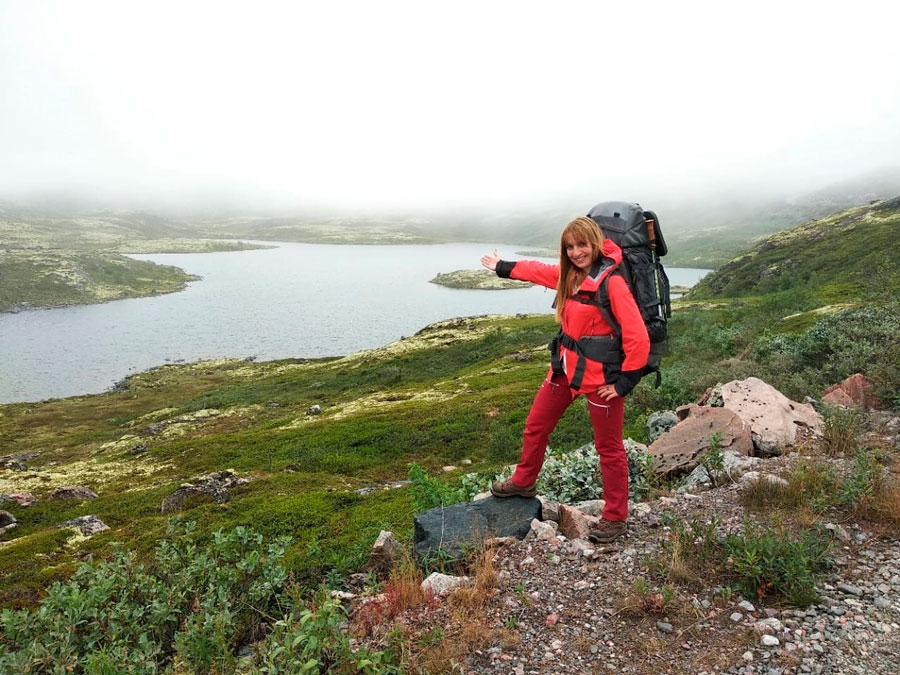
VICTORIA SHATALOVA
Professional traveler, organizer of author's tours with 16 years of experience. Has visited 37 countries of the world and 82 regions of Russia. Participant and organizer of many hikes, rafting and climbing trips, including climbing the highest and most dangerous volcano in Eurasia - Klyuchevskaya Sopka (4850 m), skiing trips in the northern and polar Urals, Murmansk region and Kuznetsk Alatau.... Read more
Itinerary day by day:
Labitnangi - Bolshaya Khadata River
We meet at the Labytnangi train station at 10.30 a.m. An all-terrain vehicle will take us to the Bolshaya Khadata River. The journey will take about 8 hours. Upon arrival, we will set up camp on the river bank near Lake Bolshoe Khadatayongalor. This lake, connected by a small isthmus to Lake Maloe Khadatayongalor, is located at the foot of the Izyakhoy Ridge. This area is home to the highest and most beautiful mountains in the northern Polar Urals, which rise picturesquely against the backdrop of the lakes. We will go to one of these beautiful mountains, Kharnaurdykeu, the next day.
Bolshaya Khadata River - Big Khadatayongalor Lake - IGAN Glacier - Kharnaurdykeu Peak
Radial hike to Mount Kharnaurdykeu (1246 m), one of the highest for many kilometers around. On the eastern slope of Mount Kharnaurdykeu is the largest glacier in the Polar Urals - IGAN, which we will see along the way. Mount Kharnaurdykeu offers magnificent views of the Izyakhoy Range and Lake Khadatayongalor. The length of the path to the summit is about 8 km, the altitude gain is 1000 m. Accordingly, in a day we will walk 16 km (to the summit and back to the camp).
Valley of the Bolshaya Khadata River – Valley of the Vorgashor River – Valley of the Ngodayakha River
Early in the morning we pack up the camp and set off on a journey that will first pass along the Bolshaya Khadata River, then along the valley of the Vorgashor and Ngodayakha Rivers. In these places there is a high probability of meeting reindeer herders, who traditionally drive their herds here, usually reindeer herders are friendly to tourists, which gives a chance to get to know their way of life better. We will walk about 17 km. We will stop for the night in the valley of the Ngodayakha River.
Ngodyakha River Valley – Ngodyakha Mountain (the easternmost point of Europe) – Maloye Shchuchye Lake
We are heading through the tundra to the easternmost point of Europe. In 2017, scientists from the Institute of Geography of the Russian Academy of Sciences determined that the easternmost point of Europe is located in Yamal, in the Polar Ural Mountains, on the summit of Ngodyakha (mountain height 793 m). In 2019, a memorial sign in the form of a column with a double-headed eagle was erected here. Having visited this iconic place, we head to Maloye Shchuchye Lake, on the shore of which we will stop for the night. We will cover about 17 km per day.
Lake Maloe Shchuchye - Nudya River Valley - Pyryatane - Gerausvayu River Valley
Today we will walk along Maloe Shchuchye Lake, enjoying the panorama of one of the most beautiful lakes of the Polar Urals, by the way, it is not that small - its length is about 7 km, and it is called small in comparison with Bolshoe Shchuchye Lake, which we will get to know a little later. Walking along the shore of Maloe Shchuchye Lake, we will reach the Nudya River Valley - Pyryatane, and then cross into the Gerausvayu River Valley, where we will set up camp. We will walk about 17 km in a day.
Gerausvayu River Valley - Nenzayakha River Valley - Bolshoe Shchuchye Lake - Pyryatane River Valley
We continue moving along the valleys of the Gerausvayu and Nenzayakha Rivers, overcoming the pass along the way. Today our goal is to walk about 10 km and reach the Pyryatane River valley near the place where it flows into Bolshoe Shchuchye Lake. Bolshoe Shchuchye Lake is the largest lake in the Ural Mountains by volume of water, and the largest lake in Yamal, its length is 13 km, it is also one of the deepest mountain lakes in Russia. The rocky slopes of the ridges (up to 1000 m high) descend steeply to the lake, and in some places the banks drop almost vertically into the water. The bottom of the lake is a stone placer, similar to the stone placers covering the slopes of the banks. For its impressive size and high transparency of water (up to 8 m), Big Shchuchye Lake is sometimes called Yamal Baikal. We will see Lake Shchuchye from the north, having climbed one of the mountains towering over the Pyryatane River valley, not far from the pass through which we will reach the river. We will also spend the night in the Pyryatane Valley, so if we wish, we can walk lightly to see the lake closer.
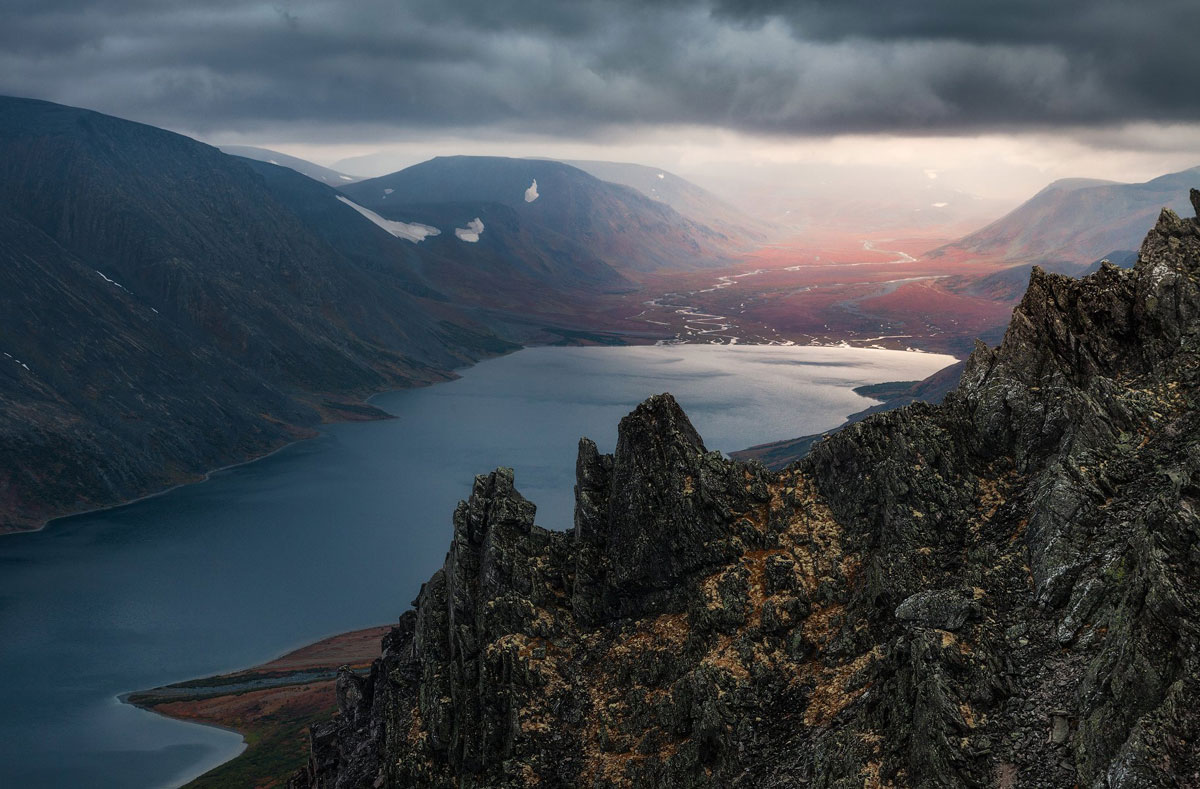
Bolshoe Shchuchye Lake. Photo by Sergey Sutkovoy
Pyryatane River Valley - Bolshaya Kara River Valley
Our path will continue first along the Pyryatane River Valley, then we will climb one of the mountains, about 700 m high, to enjoy on one side the view of the path we have just covered - the Pyryatane River Valley and Lake Shchuchye, and on the other - the view of the Ochenyrd Ridge headed by the highest peak of the entire region - Mount Ngetenape, 1338.2 m high. After admiring the views, we will go down to the Bolshaya Kara River Valley, where we will stop for the night. We will walk about 15 km per day.
Valley of the Bolshaya Kara River - Lake Tisnezato - the Nyarmayakha River
A difficult part of the route awaits us, having forded the Bolshaya Kara River, we will walk along the marshy, willow-covered shore of Lake Tisnezato, and then ford the wide bed of the Nyarmayakha River, on the bank of which we will set up camp. The route for the day will be about 17 km.
Nyarmayakha River Valley – Pass to Ngysyhyyakha River Valley
Our path lies to the pass connecting the Nyarmayakha River Valley with the Ngysyhyyakha River Valley. From the pass we will enjoy the picturesque views of the Polar Ural Mountains, which will be left behind. There will be no high mountains ahead. The last kilometers of the Urals await us, where with each step the mountains become lower and lower, to disappear, turning into endless tundra. We will spend the night at the pass with this picturesque view, having walked about 10 km.
Valley of the Bolshaya Khuta River – Mount Bolshaya Khudyalakhape
We descend into the valley of the Bolshaya Khuta River and head through a swampy valley to Mount Bolshaya Khudyalakhape. The height of this mountain is not great, only 686.6 m, but it offers a view for many kilometers ahead. We will climb it to inspect the surroundings and, in particular, finally see the goal of our route - Konstantinov Kamen. It is still more than 30 km away, but from the mountain it is already visible in the distance. In the foreground rises the peak of Bolshaya Manyasey - we will go to it tomorrow, but for now we will spend the night not far from Bolshaya Khudyalakhape. In a day we will walk about 11 km.
Mount Bolshaya Khudyalakhape - Mount Bolshoy Manyasey - Lake Manyaseyto
We will go along a narrow low ridge, stretching from Bolshaya Khudyalakhape to Bolshoy Manyasey, to avoid heavily swamped areas. This ridge is the only elevation in the middle of the endless tundra, here the Urals already come to naught, and we are moving forward to its northernmost peaks. The day promises to be long, we will have to cover about 25 km (the longest transition of the entire hike) to find ourselves at the foot of Mount Bolshoy Manyasey, its height is 653 m, and it is the highest mountain of the ridge along which we will go. Of course, you can stop for the night a little earlier, but it seems very attractive to set up camp in a beautiful and mysterious place, on the shore of the sacred Lake Manyaseyto, located between some of the northernmost mountains of the Urals: Bolshoy and Maly Manyasey. Mount Maly Manyasey has a beautiful pyramidal shape and is a cult mountain for the Nenets.
Lake Manyaseito - Mount Maly Manyasey - Konstantinov Kamen
If you wish and the weather is good, we will start the day by climbing Mount Maly Manyasey (525 m high), which offers picturesque views of the surrounding area, including Mount Konstantinov Kamen. Then we will continue our route and finally reach the cherished goal of our journey - the northernmost peak of the Ural Mountains. Further on - only tundra, and 45 km away - the Kara Sea. Of course, we will climb Konstantinov Kamen to inspect the surrounding area and record our success in a photo. We will walk about 9 km per day. We will spend the night right here at the foot of Konstantinov Kamen.
Spare day
Spare day in case of severe weather and other unforeseen circumstances.
To civilization!
About 2 km from Konstantinov Kamen mountain there is a road along which we will travel by transport 165 km to Vorkuta to return to civilization.
The tour price includes:
- all-terrain vehicle transfer from the town of Labytnangi to the start of the route (the Bolshaya Khadata River),
- car transfer from the final point of the route to the town of Vorkuta,
- three meals a day on the route (hot meals for breakfast and dinner, snacks at lunch),
- public camping equipment: tents, burners, gas, kitchen equipment, awning,
- registration of the group in the Ministry of Emergency Situations,
- satellite communication for emergency cases,
- work of a tour instructor.
The tour price does NOT include:
- medical insurance,
- train tickets to Labytnangi and from Vorkuta.
The Polar Urals are a harsh region. When setting off on a hike through these northern lands, you need to understand that you will have to face a number of difficulties and be prepared for them.
The Polar Urals are rightfully considered the wettest part of the Ural Range, due to the proximity of the Arctic Ocean. Days with completely clear weather are rare here, rains and winds are frequent.
A significant part of the route passes through swampy areas, you will often have to move through mud, puddles, wade knee-deep (and possibly higher) cold rivers and streams, and the route may change due to rising water levels in the rivers. In several places you will have to overcome thickets of bushes. There are no trails on a significant part of the route. The Polar Ural Mountains are not high, but almost every day on our way there will be descents and ascents to passes and individual peaks with a difference in altitude from 200 to 600 m, when climbing Mount Harnaurdykeu the altitude gain will be 1000 m.
The route passes through the tundra zone, so you can't count on fires at the campsites. There is no cellular communication on the route. Discomfort can also be caused by blood-sucking insects, of which there are quite a lot in the region.
The hike does not require special skills, but good physical fitness, morale and readiness to face difficulties are necessary. Recommended for people with hiking experience, well acquainted with the camping life.
The air temperature in the area of our hike in August usually fluctuates between 9 and 18 degrees during the day and from 2 to 8 degrees at night, but lower temperatures are also possible, including frost, so we will definitely need a hat, gloves and a warm jacket.
The Polar Urals are famous for their damp and windy weather, so you definitely won't be able to do without a membrane jacket, raincoat and waterproof shoes.
For crossing rivers and streams, as well as moving through marshy terrain, wading boots will come in handy, it would be a good idea to grab some OZK shoe covers (putting them on your boots will make it easy to move through marshy terrain and mud, and cross shallow fords).
Don't forget about bloodsuckers. It's worth taking at least two bottles of repellent with you. It would be a good idea to take a mosquito net hat.
We will have to move around a lot on mountainous terrain, rock slides of various sizes, so you should take the choice of footwear seriously. You will need high-quality trekking boots, tested and worn in enough.
You will also need: a backpack (80-100 l) with a rain cover, a sleeping bag (comfort temperature -5 or lower), a mat, a seat, a headlamp and spare batteries for it, a plastic bottle for water and/or a thermos, a KLMN (mug, spoon, bowl, knife), trekking poles.
List of equipment:
- backpack (80-100 l) with rain cover;
- sleeping bag (comfort temperature -5 or lower);
- mat (foam or inflatable);
- seat;
- headlamp and spare batteries for it;
- plastic bottle for water and/or thermos;
- personal tableware (mug, spoon, bowl, knife);
- hat;
- light headwear (cap/bandana);
- personal hygiene products, personal first aid kit;
- repellent (several bottles);
- mosquito net hat;
- raincoat;
- trekking poles;
- trekking boots;
- wading boots;
- crocs or other similar rubber slippers,
- insulated jacket (down or with synthetic insulation)
- membrane jacket;
- gloves;
- thermal underwear;
- several pairs of synthetic trekking socks;
- wool socks;
- two pairs of walking pants;
- fleece jacket;
- several T-shirts, underwear.
We also recommend taking OZK shoe covers (putting them on your boots will make it easier to move around marshy terrain and mud, and to cross shallow fords), a dry bag or plastic bags (to pack things in a backpack to protect them from getting wet).
1. If you are interested in this trip, leave a request using the form below or call the numbers listed, we will contact you and answer all your questions.
2. To reserve a place, you must make an advance payment of 30% of the tour cost. The advance payment is refundable 45 days or more before the start of the tour and non-refundable, unfortunately, less than 45 days before the start of the tour, if the refund is due to your refusal to participate (for any reason). If the tour does not take place due to our fault, due to the group not being formed, or due to force majeure, the advance payment will be guaranteed to be returned to you in any case.
3. The advance payment is made through the Payment section on this website. The final payment can also be made via the website, but not less than 5 days before the start of the trip, or in cash on site, on the first day of the tour. Before making an advance payment, first send an application or contact the organizer in any other way (phone, messengers, email), make an advance payment only after receiving confirmation from the organizer!
© The program description uses original photographs Sergey Sutkovy and licensed stock photographs from Shutterstock.
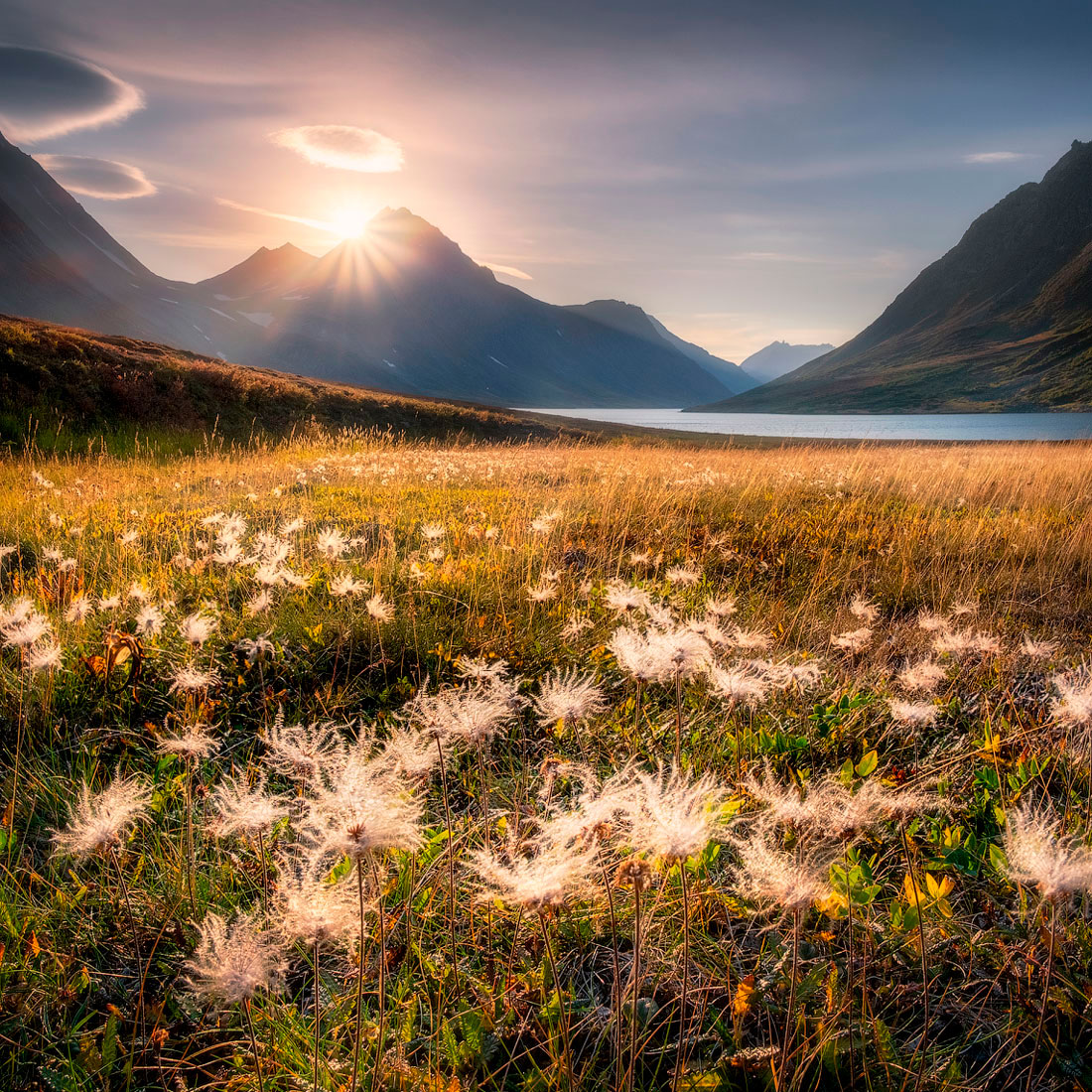
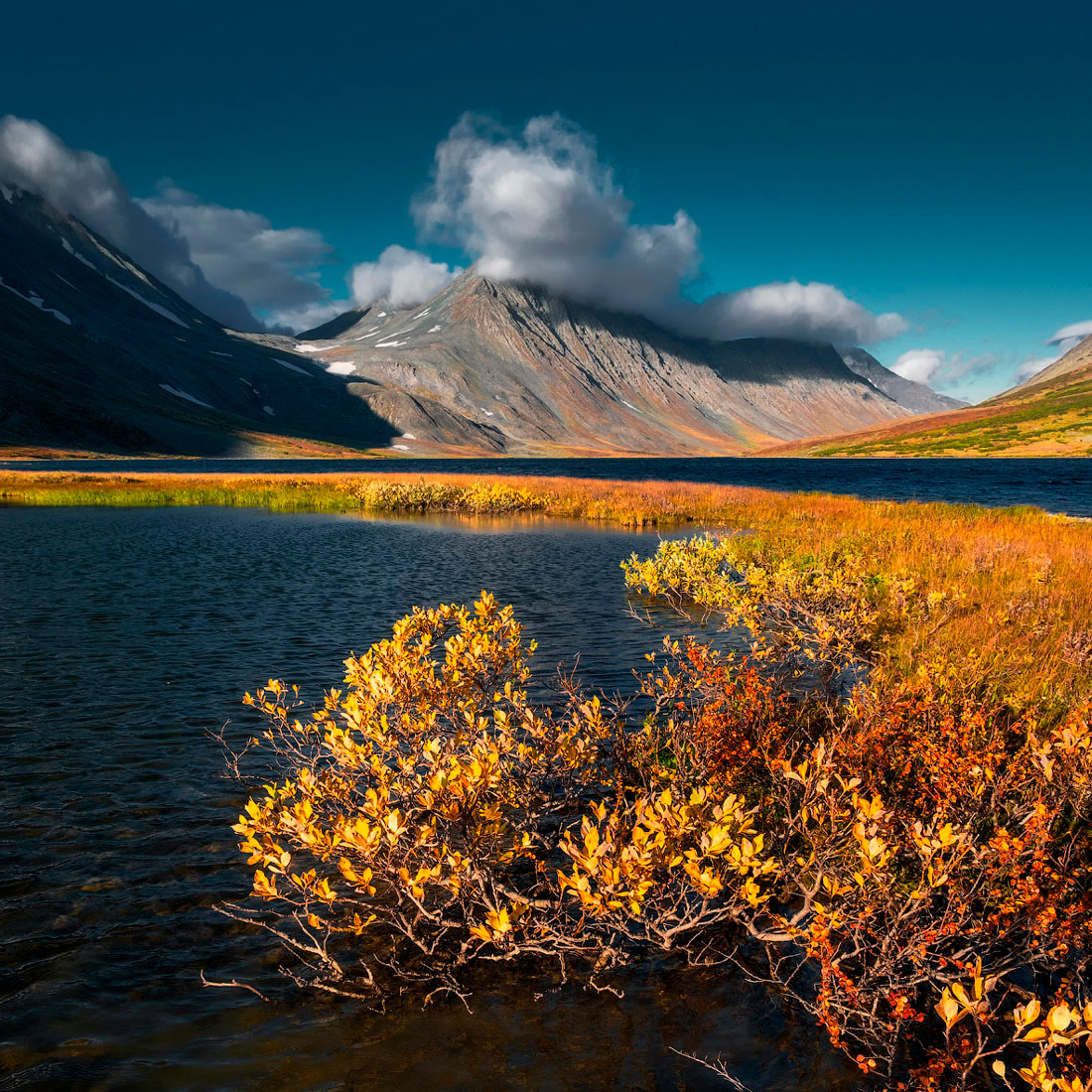
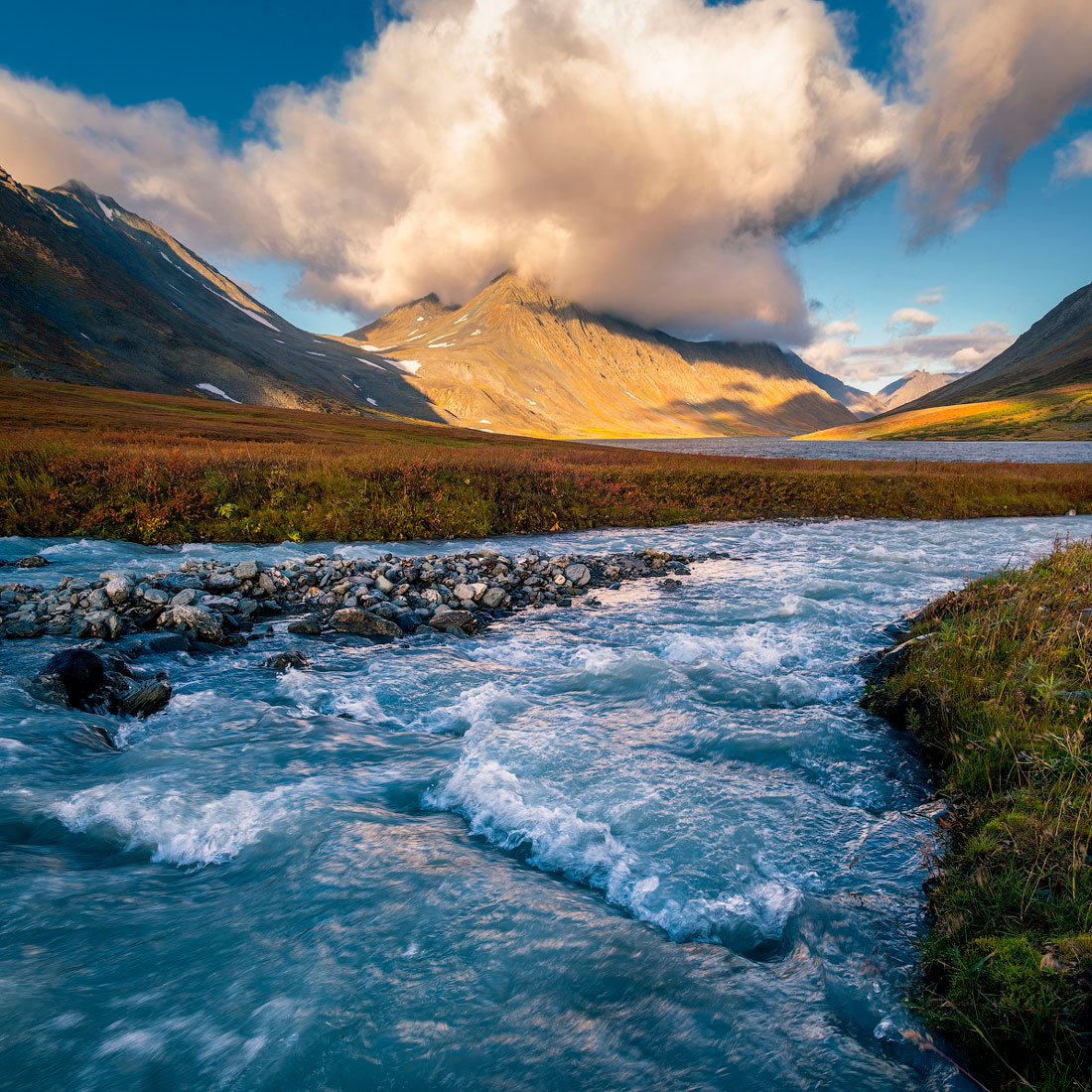
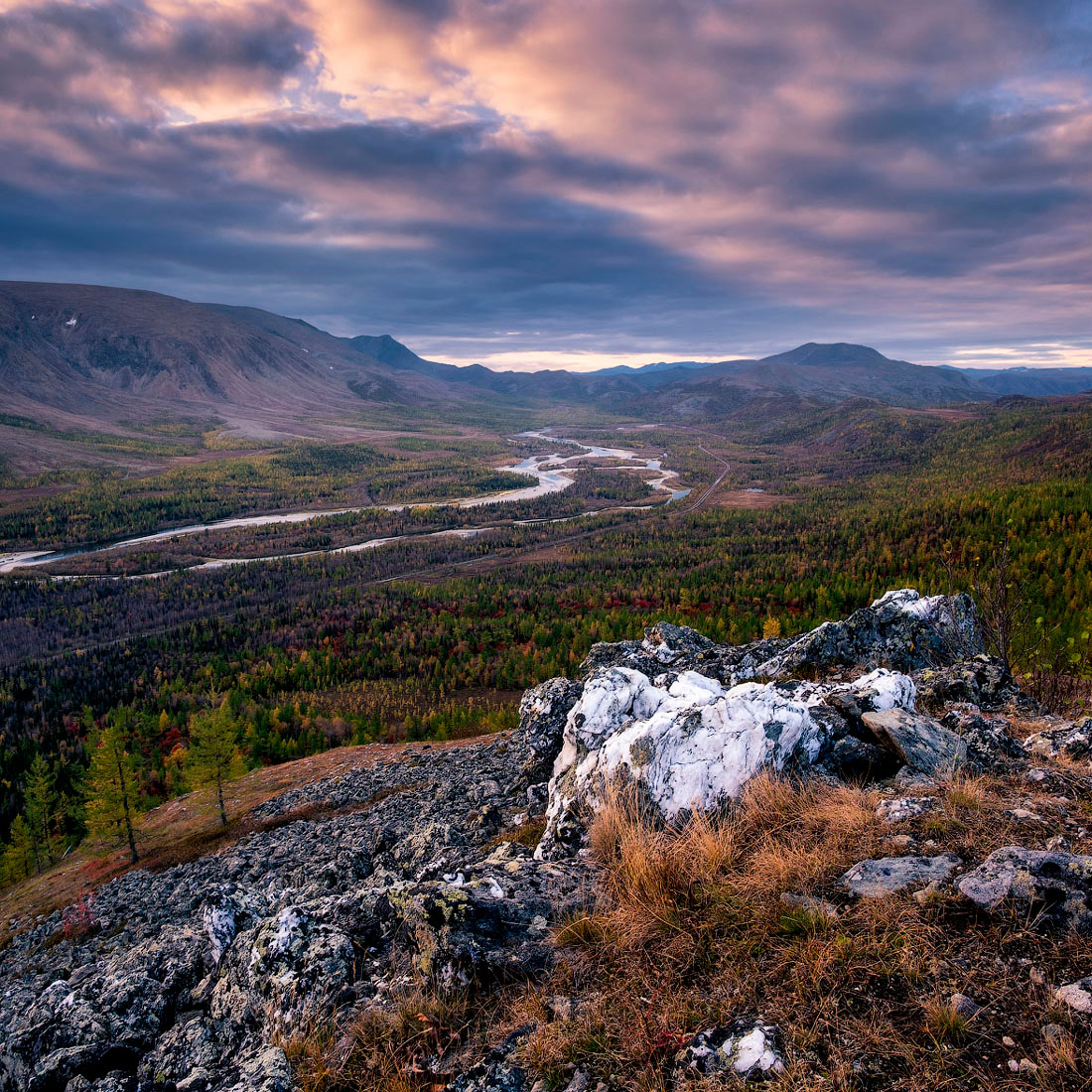
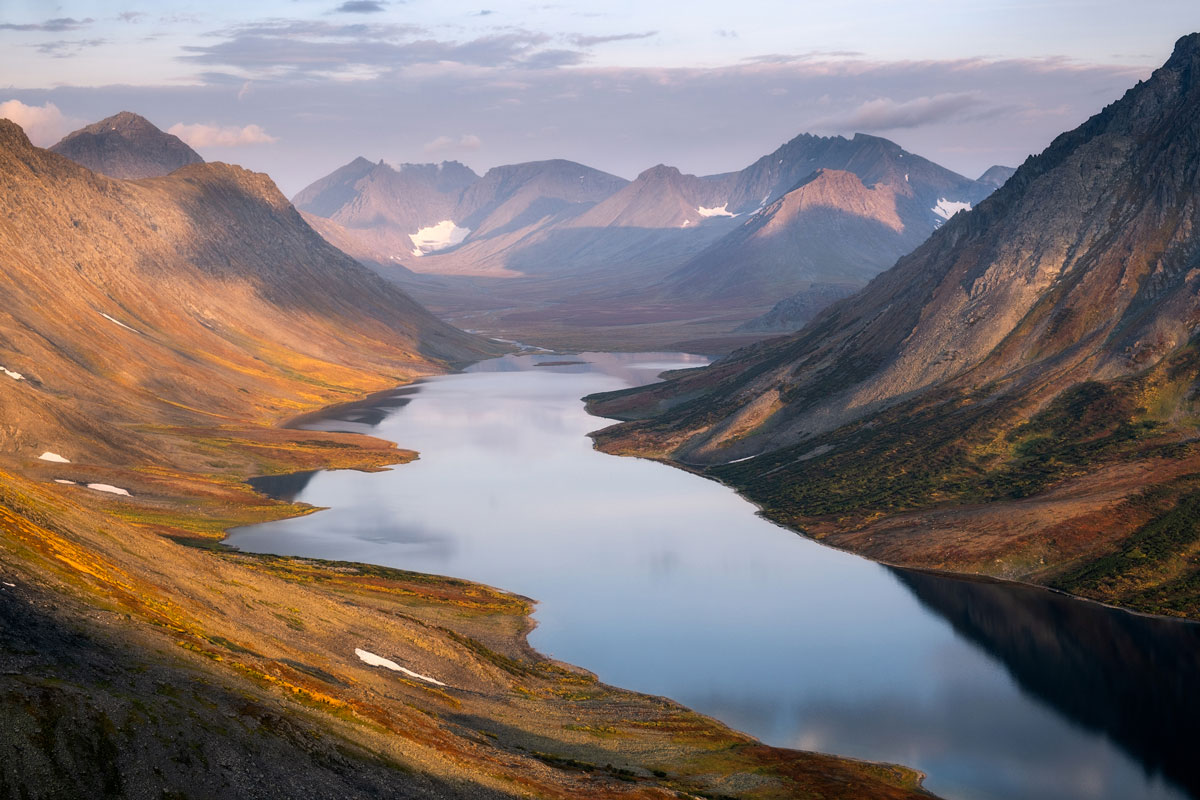
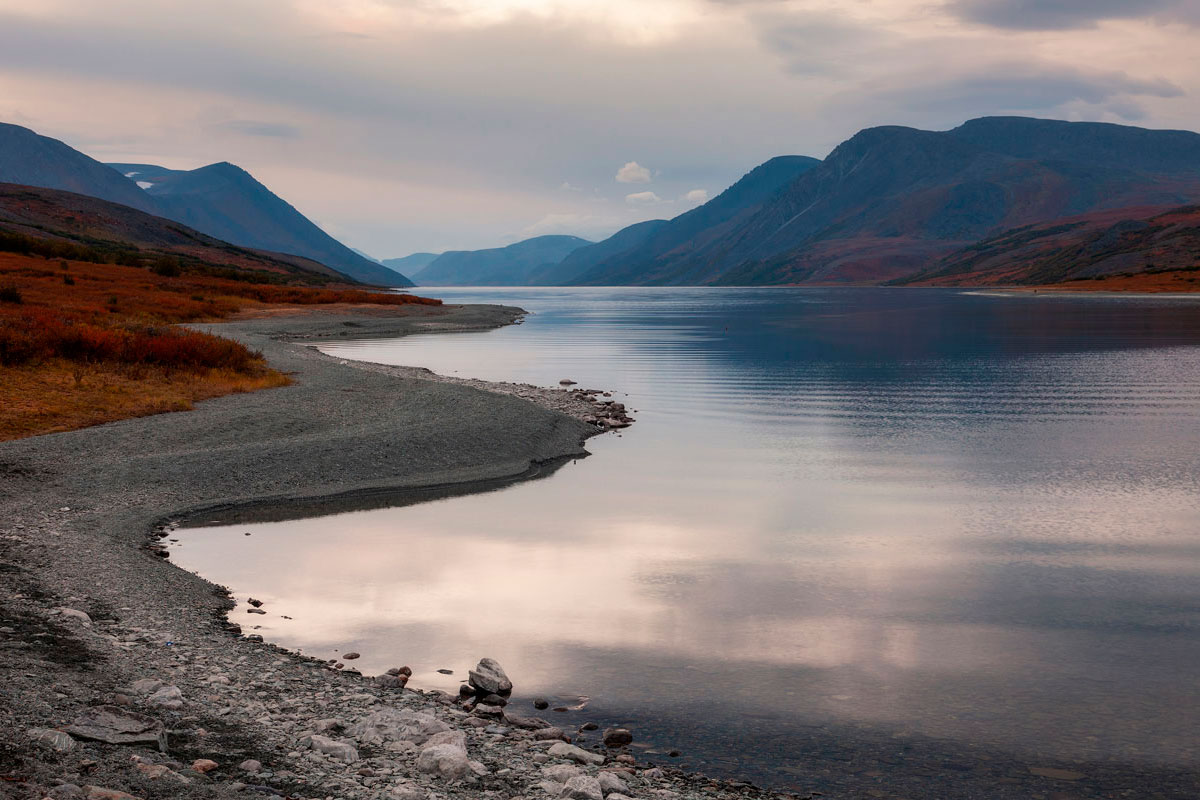
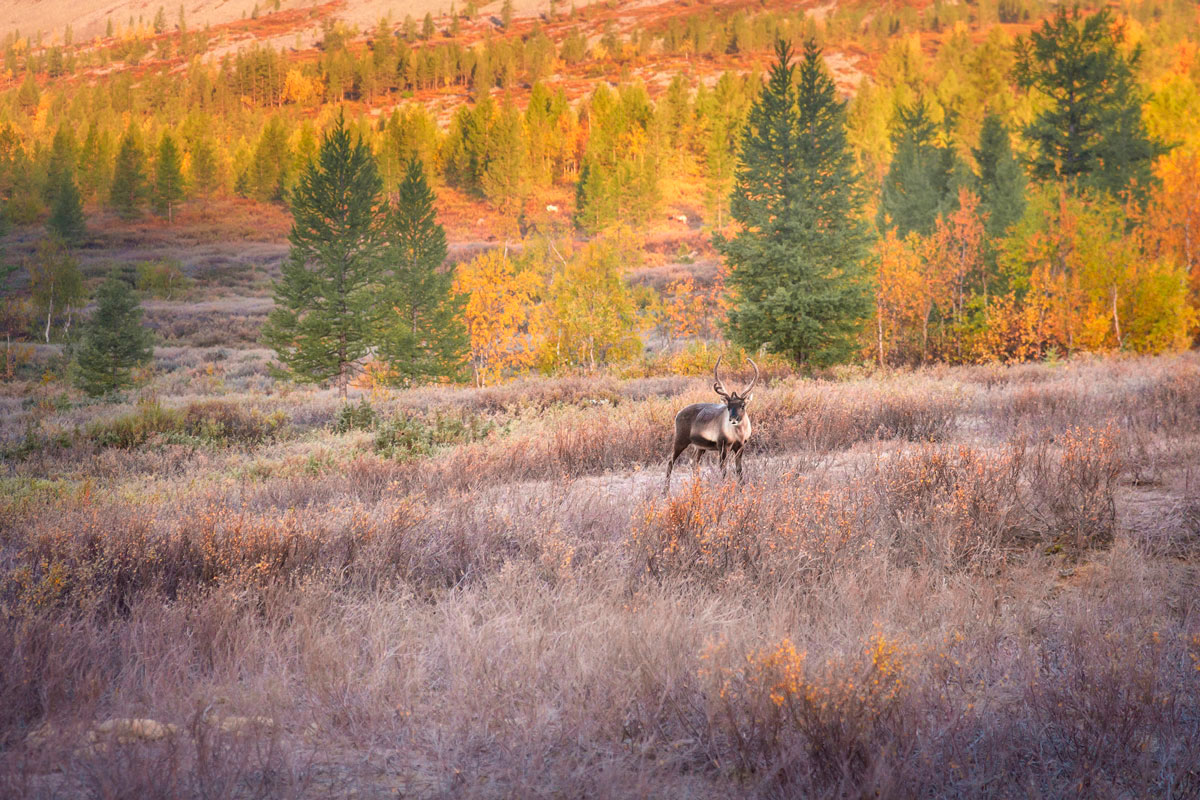


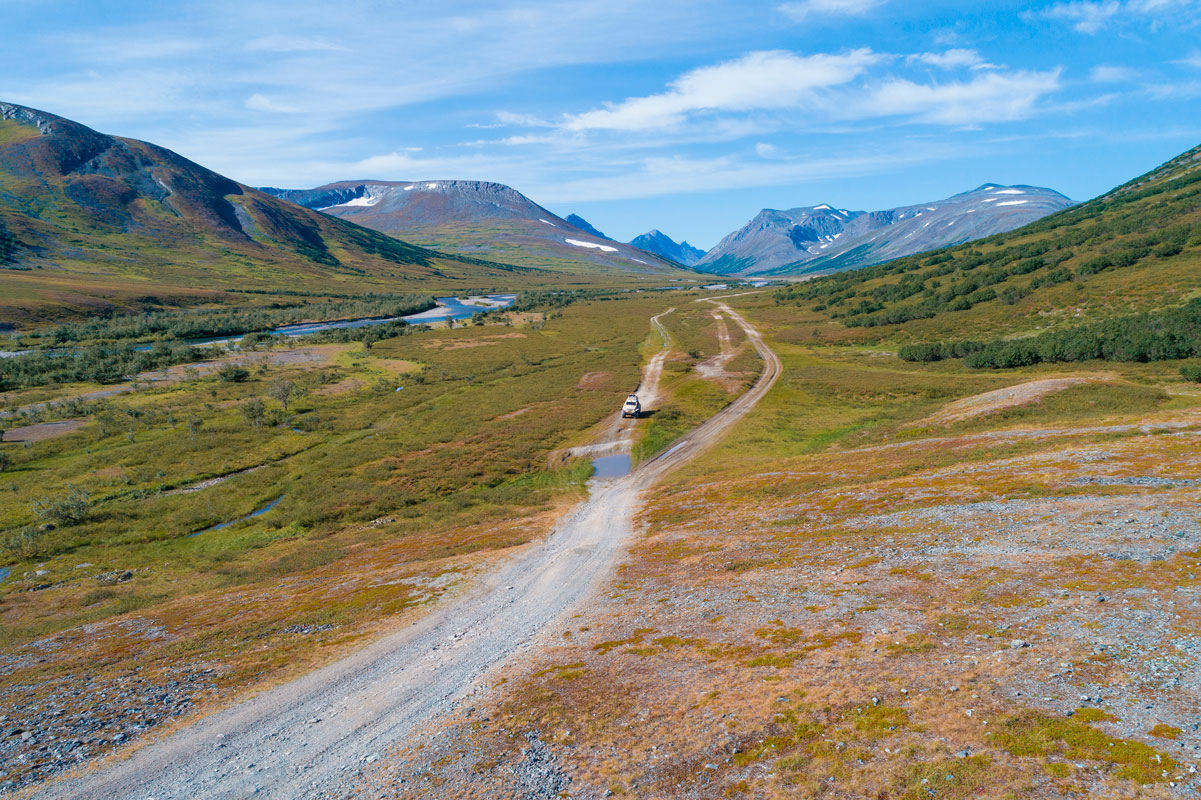
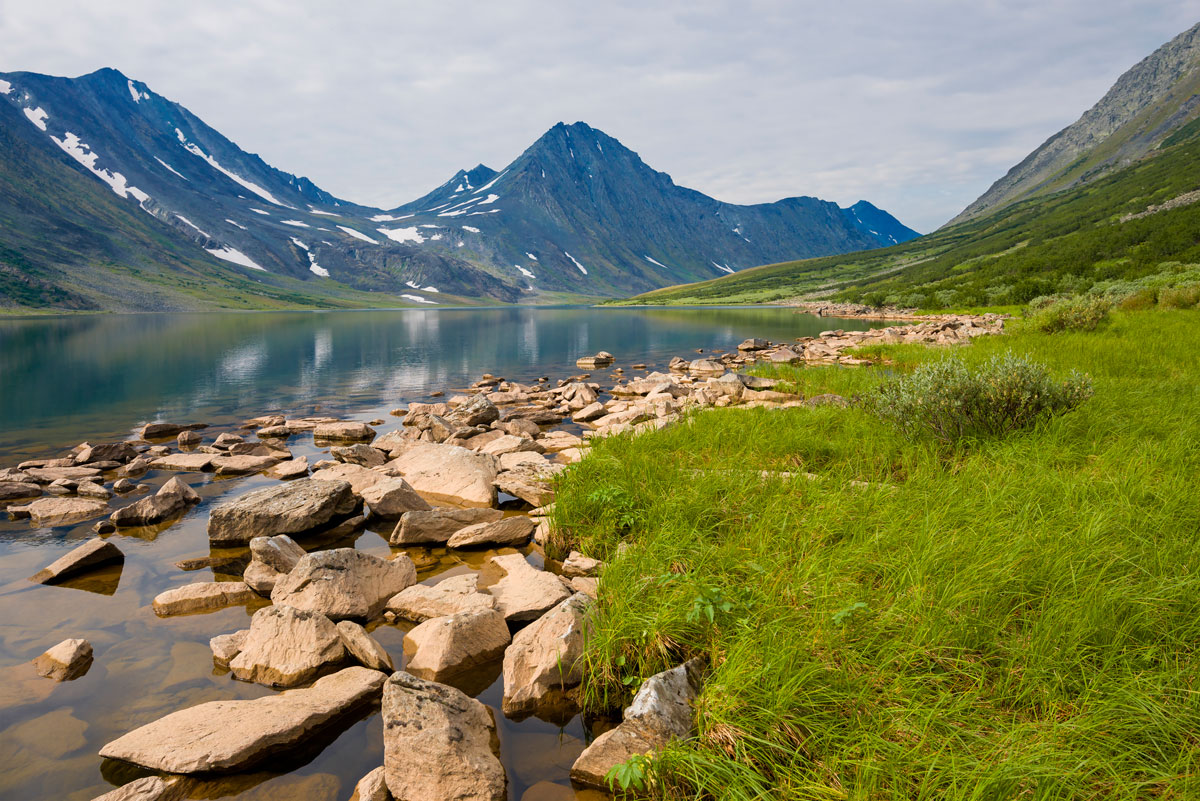
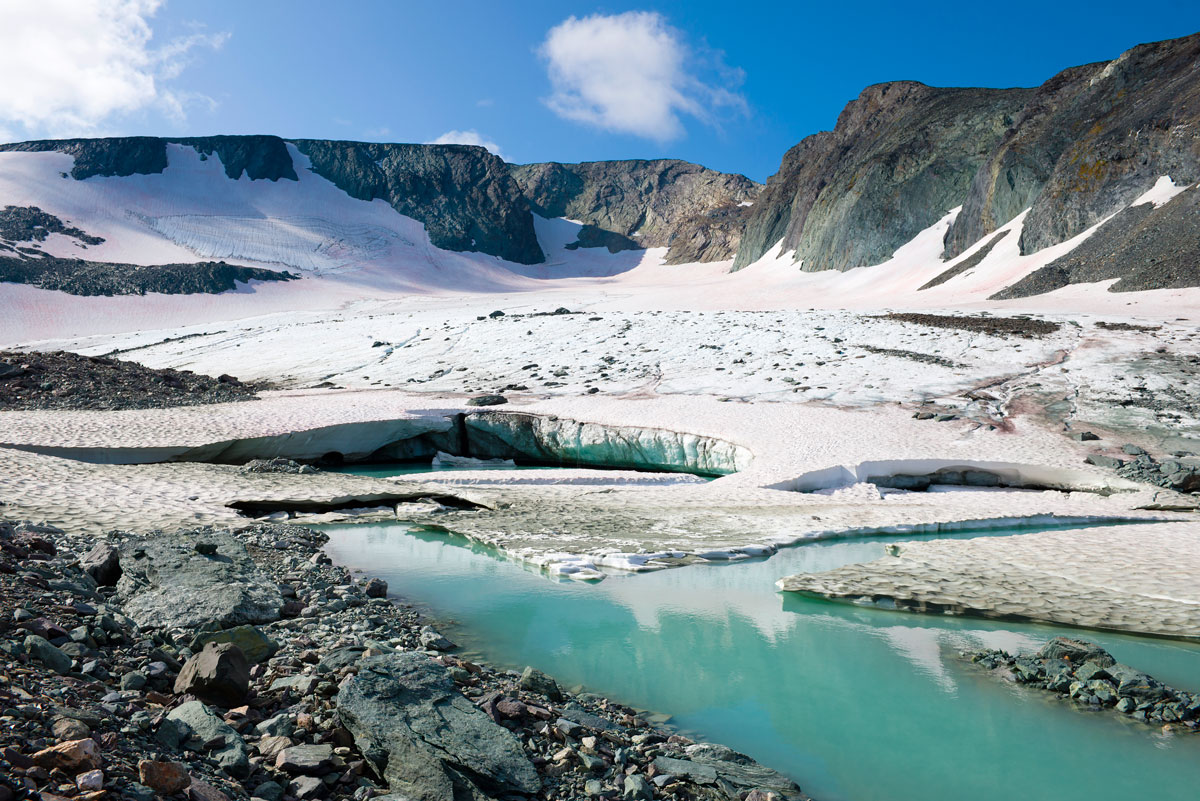
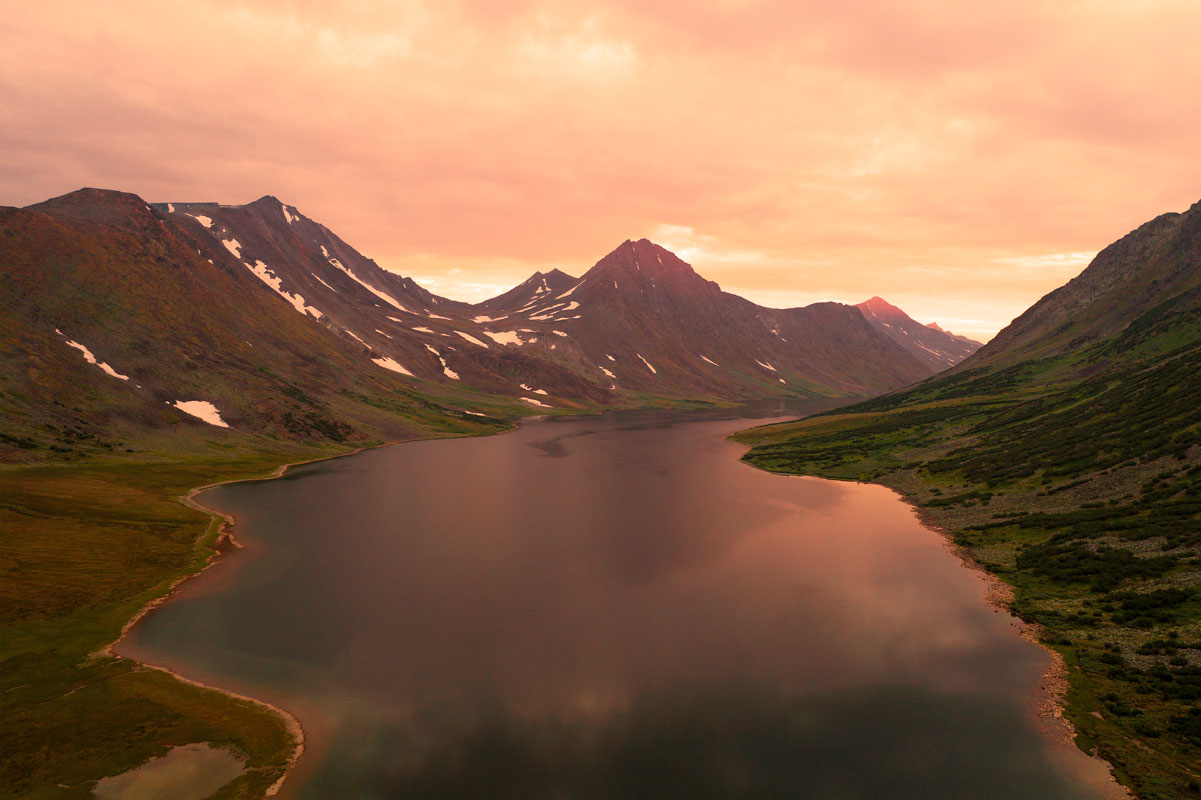
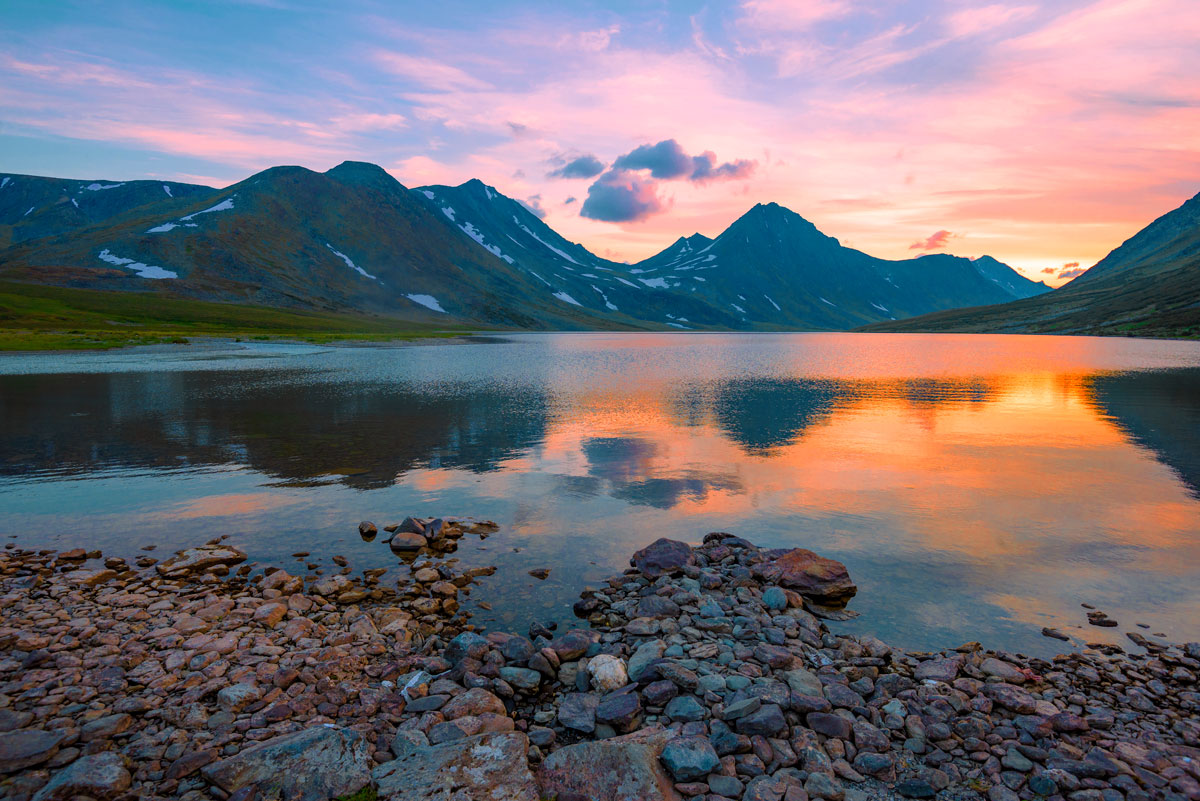
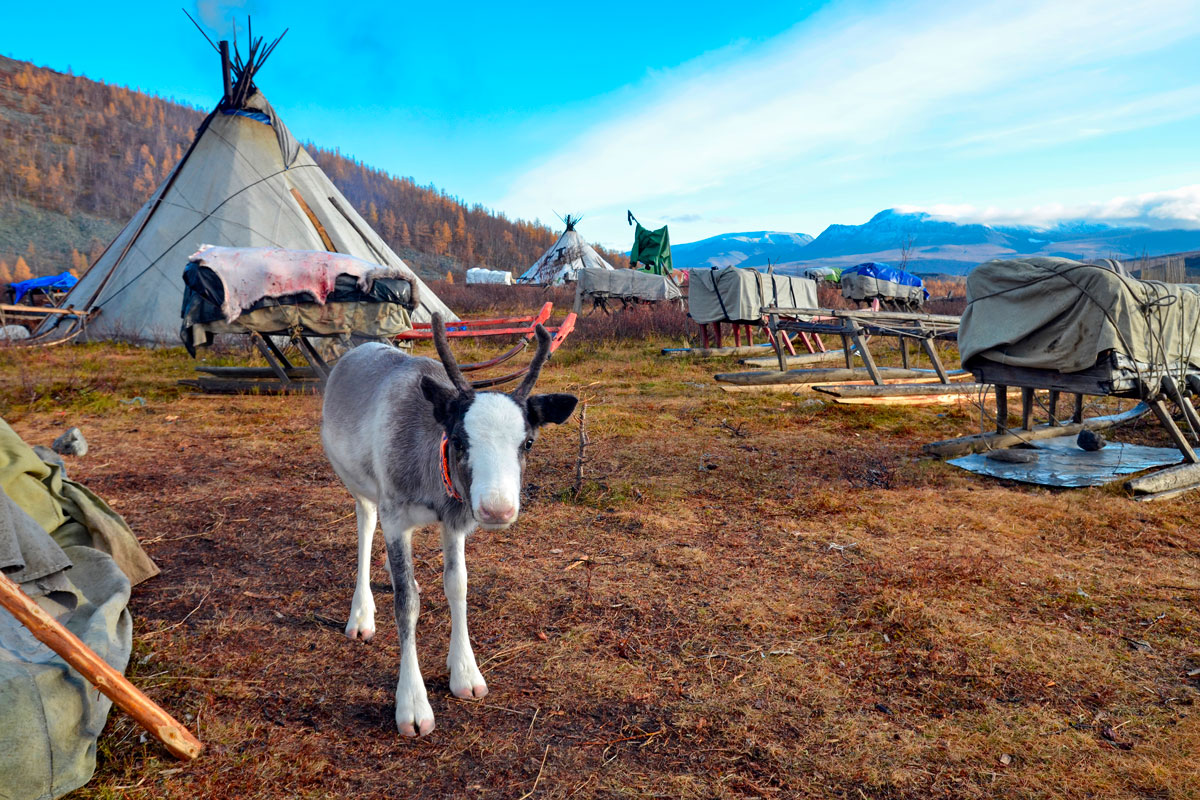
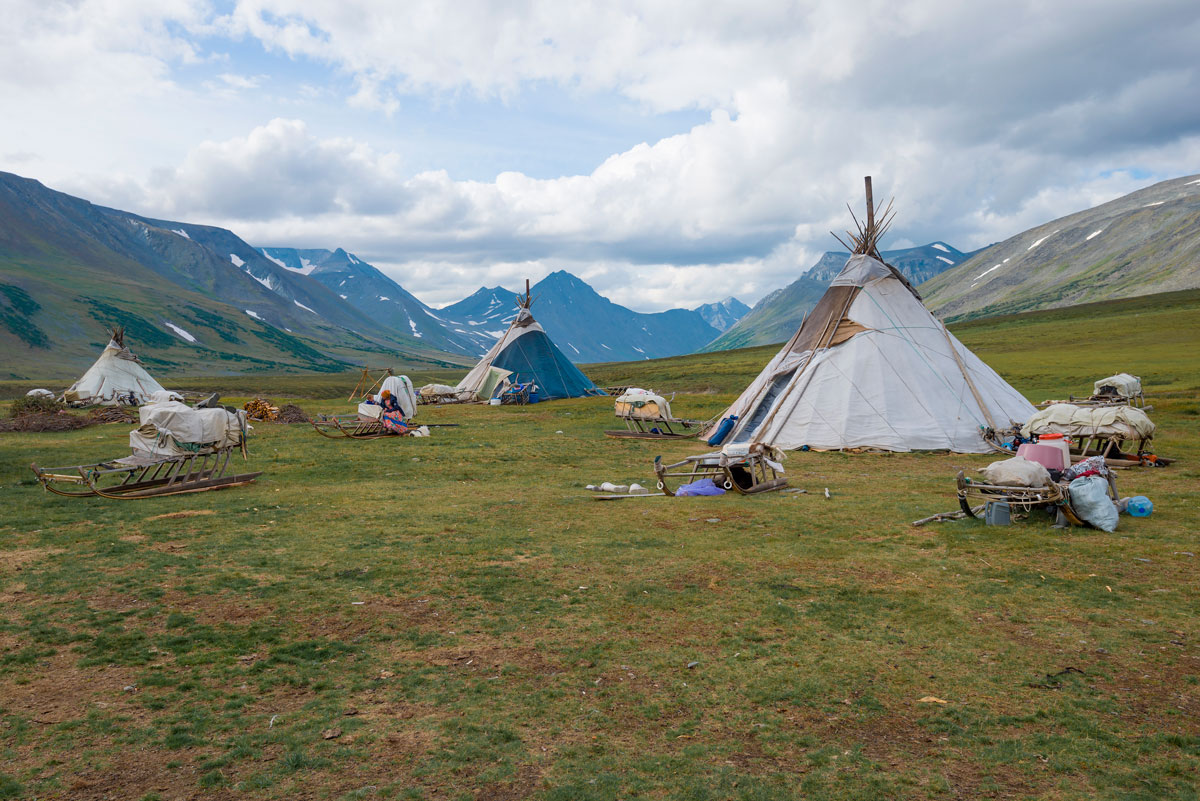
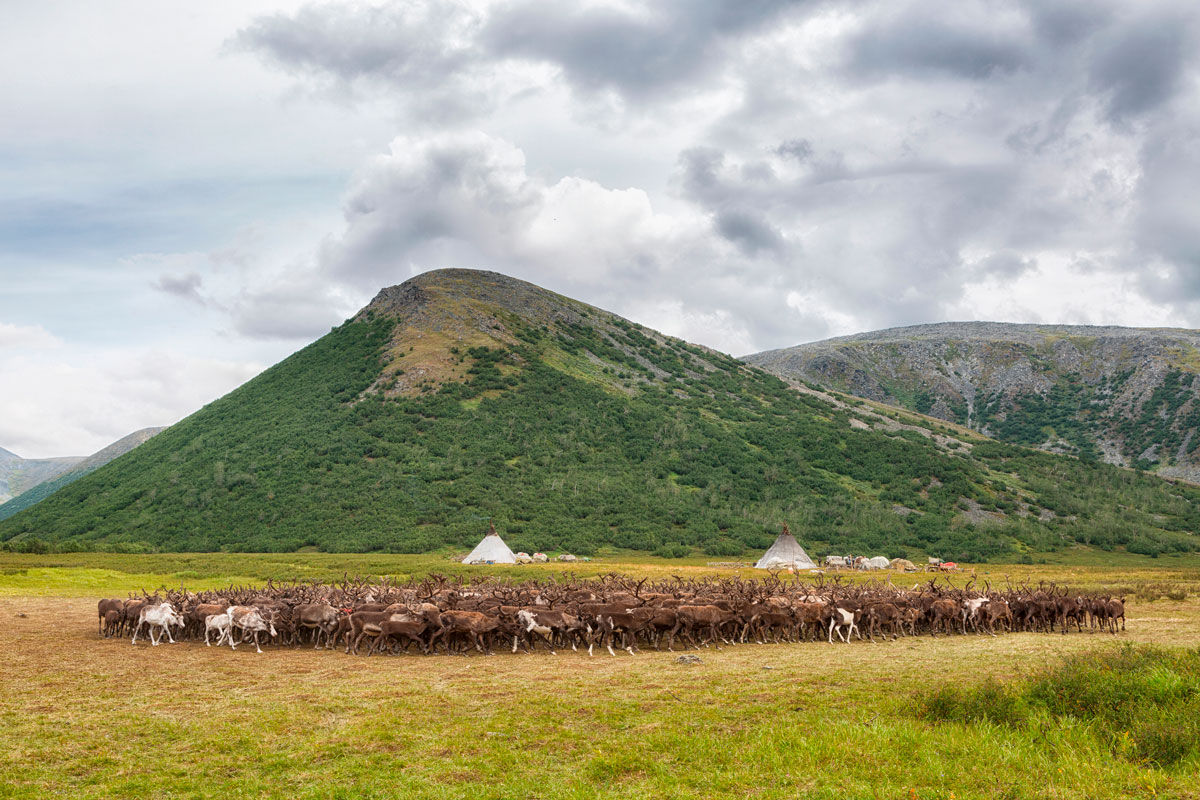
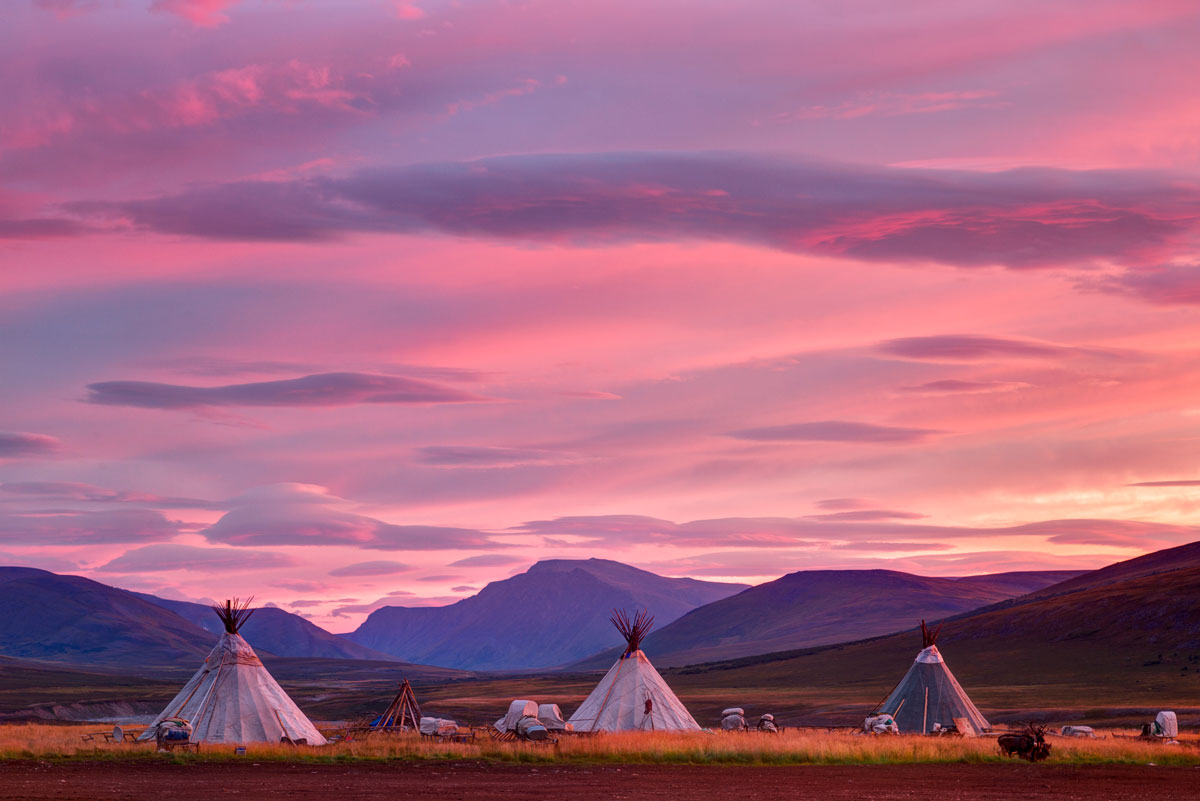
Hike to Jack London Lake
a difficult but very beautiful hike along Kolyma
August 28 - September 9, 2025Complexity:
Charsky Sands and Kodarsky Ridge
Hiking in Eastern Siberia
September 19 - 28, 2025Complexity:
Hiking in Ingushetia at the most beautiful time of the year
a simple but beautiful hike for lovers of the Caucasus nature
18 - 26 October 2025Complexity: